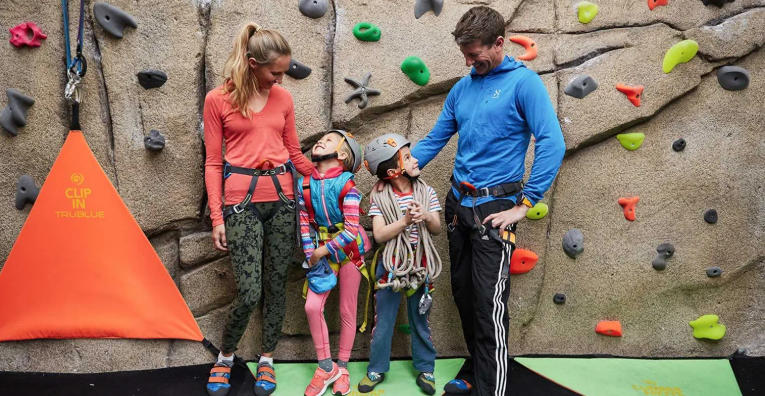Artificial Rock Climbing Walls: A Gateway to Adventure
In recent years, artificial rock climbing walls have surged in popularity, offering people of all ages a chance to experience the thrill of climbing without the need to venture into the great outdoors. These innovative structures not only provide a safe and controlled environment for climbers but also serve as an engaging and effective fitness option. Whether you’re a seasoned climber or a curious beginner, artificial climbing walls are transforming the way we view physical activity.
Benefits of Climbing Indoors
One of the key advantages of using artificial climbing walls is accessibility. These walls can be found in gyms, community centers, and schools, making them accessible to a wider audience. Unlike outdoor climbing, where weather, terrain, and location can impose significant barriers, indoor climbing allows enthusiasts to enjoy the sport year-round. Additionally, indoor climbing walls offer varied difficulty levels—from beginner to expert routes—ensuring that everyone can find a challenge suited to their skill level. Furthermore, climbing serves as an excellent full-body workout, enhancing strength, flexibility, and problem-solving skills, all while having fun in a supportive atmosphere.
Design and Safety Features
The design of artificial climbing walls is crafted with safety and user experience in mind. These walls are typically constructed using high-quality materials, such as plywood and modular holds, which can be rearranged to create new climbing paths. Many facilities also incorporate features like padded flooring and fall protection systems to minimize injury risk. Significantly, climbing gyms often provide trained staff and instructors to guide newcomers, ensuring that everyone learns the ropes safely. This support system not only fosters a sense of community but also helps climbers improve their skills through personalized coaching.
Engaging Local Communities
Artificial rock climbing walls also play a vital role in building local communities. Climbing gyms often host events, classes, and competitions, encouraging climbers to connect and share their passion. This social aspect can inspire friendships that extend beyond the climbing wall, building a sense of belonging. Moreover, many facilities prioritize inclusivity, offering adaptive climbing programs for people of varying abilities. This commitment to community engagement ensures that artificial climbing walls become vibrant spaces, promoting an active lifestyle and encouraging people to challenge themselves in a supportive setting.
In Conclusion
Artificial rock climbing walls are more than just a trendy fitness option; they represent a fantastic way to build strength, resilience, and community. By offering diverse climbing experiences in safe environments, they make the exhilarating world of climbing accessible to everyone. If you’re intrigued by the idea of scaling new heights, consider checking out a local climbing gym or wall—who knows, you might just discover your next adventure!
